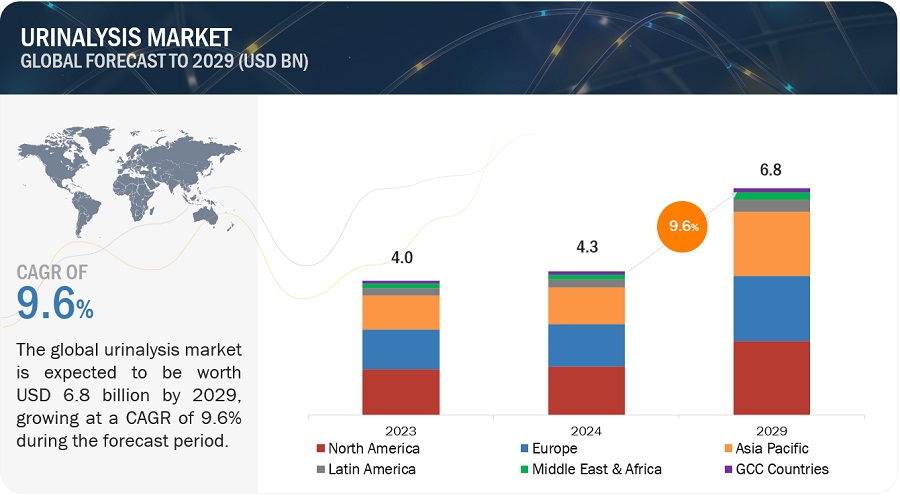COVID-19 is an infectious disease caused by the most recently discovered novel coronavirus. Largely unknown before the outbreak began in Wuhan (China) in December 2019, COVID-19 moved from a regional crisis to a global pandemic in just a matter of a few weeks. The COVID-19 pandemic negatively affected the overall sales of most of the companies Lockdowns resulting from the COVID-19 pandemic caused people to delay undergoing health checkups, thus affecting the number of tests being performed and sales of reagents.
The recovered COVID-19 patients who had an AKI or (acute renal failure) ARF are recommended to be seen regularly by a kidney doctor because their risk of developing chronic kidney disease is higher than others. COVID-19 patients who did not develop an AKI, but who had blood and/or protein in their urine, should be monitored since they are at increased risk of developing chronic- and end-stage kidney disease.
With the COVID-19 pandemic, in addition to the development of vaccines and therapeutic drugs, there is a growing call for the development of more precise and simple testing technologies and the expansion of testing structures. COVID-19 has also impacted the regulatory environment and practices, as governments and healthcare providers face unprecedented challenges.
Market Dynamics
Driver: Rising geriatric population and the subsequent increase in age-associated diseases
The rising geriatric population in developed and developing regions will positively influence the growth of the urinalysis market. Due to rapid growth in the senior population, the prevalence of age-associated diseases such as diabetes, liver, and kidney diseases are expected to increase significantly.
Download PDF Brochure @ https://www.marketsandmarkets.com/pdfdownloadNew.asp?id=153479294
Opportunity: Growth opportunities for urinalysis in growing economies
Developing economies such as India, South Korea, Brazil, and Mexico are expected to offer potential growth opportunities for major players operating in the urinalysis market. This can be attributed to the high disease prevalence, large patient population, improving healthcare infrastructure, increasing disposable income, and growing medical tourism in these countries. In addition to the factors mentioned above, the Asia Pacific has emerged as an adaptive and business-friendly hub due to relatively less stringent regulations and data requirements.
Restraint: Unfavourable reimbursement scenario
The availability of refurbished instruments acts as a challenge in the growth of this market as these instruments offer the same functionalities as new equipment at a lower cost. Several end users, mainly small and medium-sized laboratories, opt for cost-effective and refurbished systems. In particular, the markets in developing countries, which are price-sensitive, prefer instruments that are cheap and offer similar functionalities.
Considering these factors, the demand for refurbished analyzers can be expected to increase in the coming years, as these systems offer the same functionalities at a lower cost. This is expected to hamper the revenue of companies offering branded analyzers, and thus restraining the overall growth of the market.

The urinalysis market is segmented into disease screening and pregnancy and fertility. In 2020, the disease screening segment accounted for the largest share. This can be attributed to the increasing incidence of UTIs, diabetes, liver diseases and kidney ailments worldwide.
The global urinalysis market is segmented into North America, Europe, Asia PacificRest of the World. In 2020, North America accounted for the largest share of the global urinalysis market. The North American urinalysis market’s growth can be attributed to the growing geriatric population, implementation of favorable government initiatives, increasing healthcare expenditure, improved healthcare infrastructure, and the availability of technologically advanced instruments.
Some key players in the Urinalysis Market (2021- 2026)
- Siemens Healthineers AG (Germany)
- Roche Diagnostics Ltd. (Switzerland)
- Cardinal Health Inc. (US)
- Abbott Laboratories (US)
- Danaher Corporation (US)
